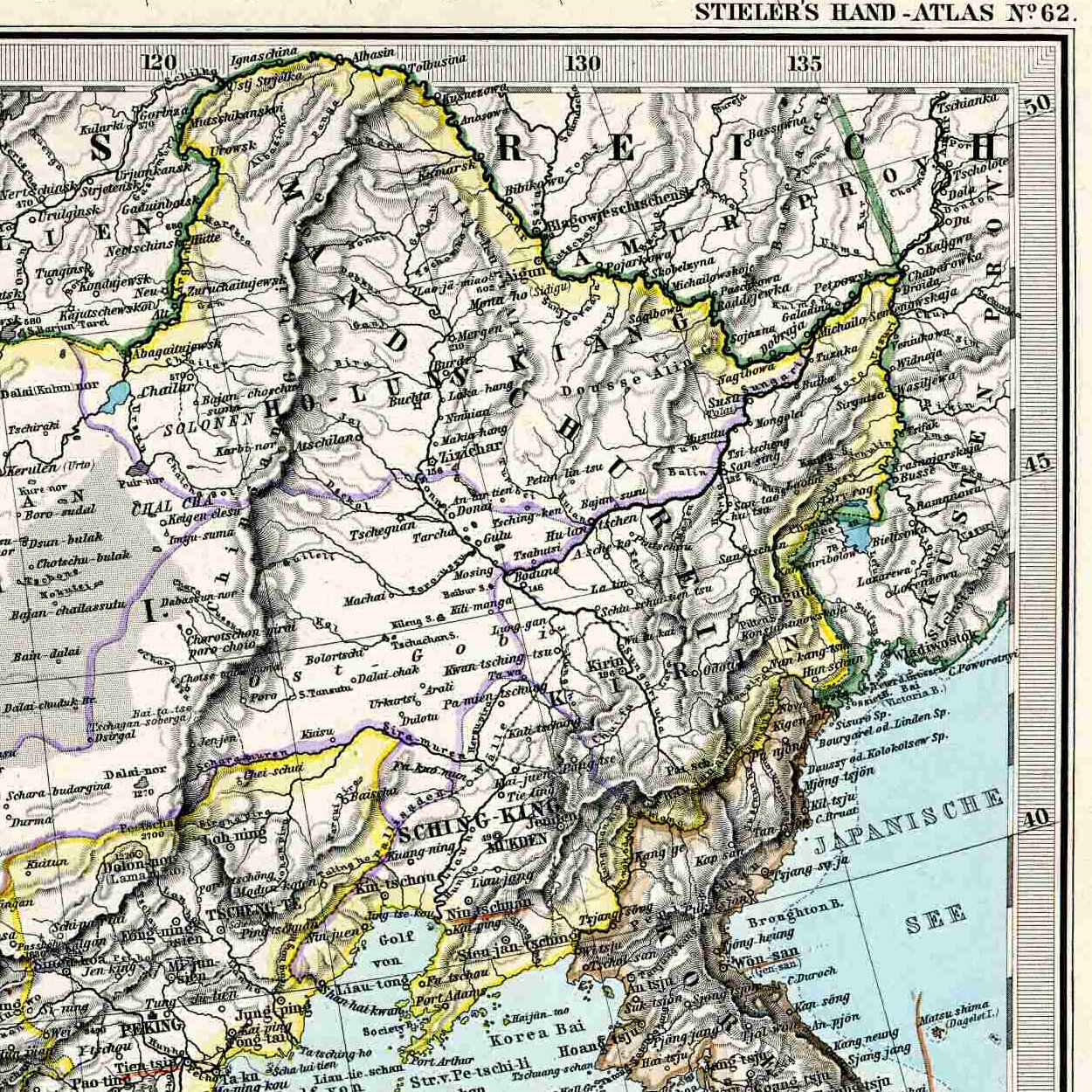|
Khingan (other) , from the Chinese form of the same name
{{geodis ...
Khingan ('' mn, Хянган''; ''russian: Хинган'') is the Mongolian name for the mountains divided into the: * Greater Khingan, volcanic mountain range in Inner Mongolia, China * Lesser Khingan, mountain range in the northeastern section of Heilongjiang, China * Outer Khingan, also known as the Stanovoy Range; mountain range located in southeastern parts of the Russian Far East In Mongolian contexts, it may also refer to: * Hinggan (other), from the Manchu form of the same name * Xing'an (other) Xing'an ( t, s, ''Xīng'ān'') is the atonal pinyin romanization of various Chinese words and names. It may refer to: * Xing'an County in Guangxi * Xing'an Province, a former division of Manchuria * Xing'an District in Hegang, Heilongjiang *Xing ... [...More Info...] [...Related Items...] OR: [Wikipedia] [Google] [Baidu] |
Mongolian Language
Mongolian is the official language of Mongolia and both the most widely spoken and best-known member of the Mongolic language family. The number of speakers across all its dialects may be 5.2 million, including the vast majority of the residents of Mongolia and many of the ethnic Mongol residents of the Inner Mongolia Autonomous Region of the People's Republic of China.Estimate from Svantesson ''et al.'' (2005): 141. In Mongolia, Khalkha Mongolian is predominant, and is currently written in both Cyrillic and traditional Mongolian script. In Inner Mongolia, the language is dialectally more diverse and is written in the traditional Mongolian script. However, Mongols in both countries often use the Latin script for convenience on the Internet. In the discussion of grammar to follow, the variety of Mongolian treated is the standard written Khalkha formalized in the writing conventions and in grammar as taught in schools, but much of what is to be said is also valid for vernacular ... [...More Info...] [...Related Items...] OR: [Wikipedia] [Google] [Baidu] |
Greater Khingan
The Greater Khingan Range or Da Hinggan Range (; IPA: ), is a -long volcanic mountain range in the Inner Mongolia region of Northeast China. It was originally called the Xianbei Mountains, which later became the name of the northern branch of the Donghu, the Xianbei. Geography The range extends from north to south. It is the watershed between the Nen and Songhua river systems to the east, and the Amur and its tributaries to the northwest. Population Its slopes are a relatively rich grazing area. The Khitan people lived on the eastern slopes before establishing the Liao Dynasty in the tenth century. Oroqen, a Tungusic people, live along the Greater and Lesser Khingan range in northeastern China and belong to the oldest autochthonus populations of the region. On the western slopes lived the nomadic people, who raised sheep and camels and used the Mongolian plateau for their pastoralist economy. In Fiction The Greater Khingan Range is a key setting in the science fiction novel ... [...More Info...] [...Related Items...] OR: [Wikipedia] [Google] [Baidu] |
Lesser Khingan
Lesser Khingan (; russian: Малый Хинган, ''Maly Khingan'') is a mountain range in China's Heilongjiang province and the adjacent parts of Russia's Amur Oblast and Jewish Autonomous Oblast.Малый Хинган '''' in 30 vols. — Ch. ed. . - 3rd ed. - M. Soviet Encyclopedia, 1969-1978. (in Russian) In Russia, the range is part of the . Geo ...
|
Outer Khingan
The Stanovoy Range (russian: Станово́й хребе́т, ''Stanovoy khrebet''; sah, Сир кура; ), is a mountain range located in the Sakha Republic and Amur Oblast, Far Eastern Federal District. It is also known as Sükebayatur and Sükhbaatar in Mongolian, or the Stanovoy Mountains, or Outer Khingan Range in English. The range was first studied and scientifically described by Russian researcher Alexander von Middendorff. History The range formed the border between Russia and China from 1689 (Treaty of Nerchinsk) to 1858 (Treaty of Aigun). Etymology The Evenks grouped the Dzhugdzhur, Stanovoy, and Yablonoi ranges under the name "Dzhugdzhur". In Evenk folklore this mountain system is known as the "backbone of the Earth". Geography The range runs roughly from west to east at the southern end of the Sakha Republic and the northern limit of Amur Oblast for roughly . It is bound by the Olyokma River in the west and the Uchur River in the east, which separates it ... [...More Info...] [...Related Items...] OR: [Wikipedia] [Google] [Baidu] |
Hinggan (other) , from the Chinese form of the same name
{{disambiguation ...
Hinggan is the Manchu form of Khingan, the Mongolian name of a series of mountain ranges. It now most often refers to: * Hinggan League, an administrative division of Inner Mongolia, China * Da Hinggan Ling Prefecture, prefecture of Heilongjiang, China In Manchu contexts, it may also refer to: * Khingan (other), from the Mongolian form of the same name * Xing'an (other) Xing'an ( t, s, ''Xīng'ān'') is the atonal pinyin romanization of various Chinese words and names. It may refer to: * Xing'an County in Guangxi * Xing'an Province, a former division of Manchuria * Xing'an District in Hegang, Heilongjiang *Xing'a ... [...More Info...] [...Related Items...] OR: [Wikipedia] [Google] [Baidu] |
